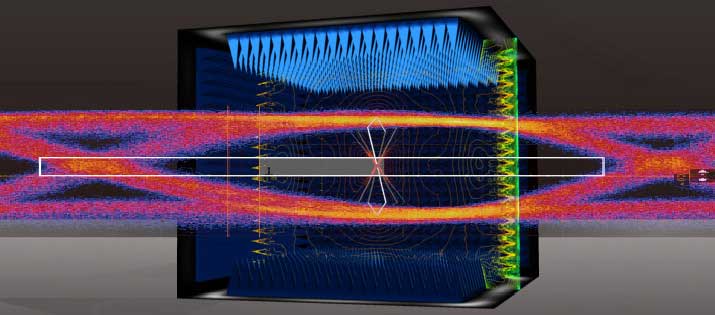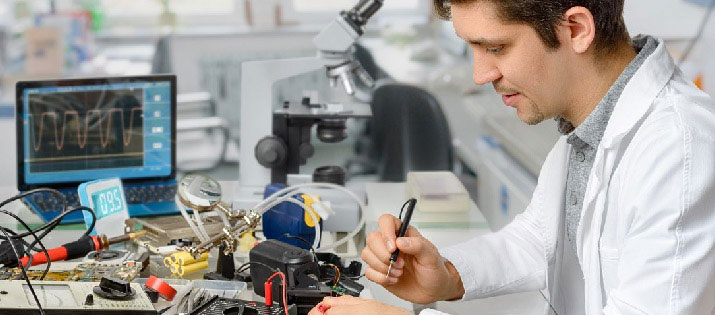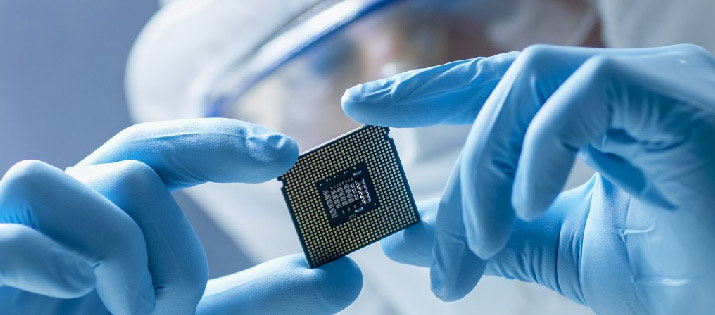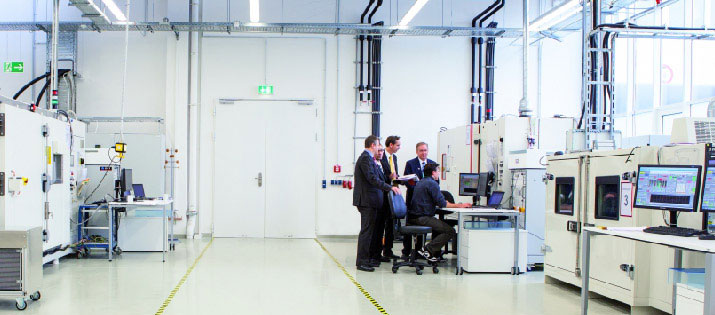Potential Risks of PCIe 5.0 Start to Emerge
With the growth of AI and cloud computing, demands for high-speed data transmission also rise. PCI Express (PCIe) has become the most commonly used transmission technology in servers, especially for high-performance computing (HPC) and AI servers. Most of these products adopt the latest PCIe 5.0 specification, enabling a 128GB/s two-way throughput. However, since PCIe 5.0 frequencies are 16GHz, the PCB board also has increased signal attenuation, posing as a big issue for manufacturers. How manufacturers can reduce signal attenuation and speed up signal transmission simultaneously has become a difficult problem in the industry. Manufacturers are starting to introduce high-frequency cables to their designs to make PCIe channels longer, allowing high-speed devices to be integrated into one single server.

These Three Characteristics Affect High-frequency Cables
As more and more high-frequency cables are adopted, quality verification also becomes more important. Three major characteristics that affect the quality of high-frequency cables include insertion loss, return loss, and crosstalk. Here are some of the potential risks.
1.Insertion Loss
When the insertion loss is too high, signal attenuation can increase, affecting transmission distance and bandwidth.
2.Return Loss
When the return loss is too high, it can cause signals to reflect and interfere with one another, affecting the quality of the signals.
3.Crosstalk
Crosstalk causes signals to be interfered with and distorted, affecting the overall quality of the signals.
The risks mentioned above may lead to compression and high bit error rates, affecting the overall performance of the server. In more serious cases, it could cause functionality failures or system restarts.
High-frequency cables are significantly more expensive than ordinary cables, some even costing over a hundred USD. Therefore, when these products run into issues, the cost can be very high. Quality verification of high-frequency cables used to be a time-consuming task, taking more than eight hours for one single cable. This would make it very difficult for manufacturers to completely verify all of their cables.
The Most Important Thing For High-frequency Cable Verification
Allion knows the difficulties that consumers and manufacturers go through, so we’ve developed the Allion Cable-Connector Multiport System 40G (ACMS4) AI/Automation Solution. The purpose of this is to achieve complete verification of high-frequency cables. This solution that we developed can shorten the testing time from eight hours to three minutes, allowing consumers to purchase verified products and manufacturers to achieve complete verification. Each product can even have its testing records, which puts our clients in front of their competition.

Faster, Easier, Better: The Most Trusted Server Testing Consultant
Faster
- Measurement times can be sped up over 180 times, making it possible to 100% of complete verification
Easier
- High-quality fully automated testing that avoids human errors
- Supports various types of high-frequency cables such as PCIe 5.0, SAS4, MCIO, GenZ, QSFP28/56, and QSFP-DD
Better
- Measuring and testing criteria can be customized according to client needs
- Able to assist with customizing test fixtures
- Also able to help with measuring high-frequency connectors
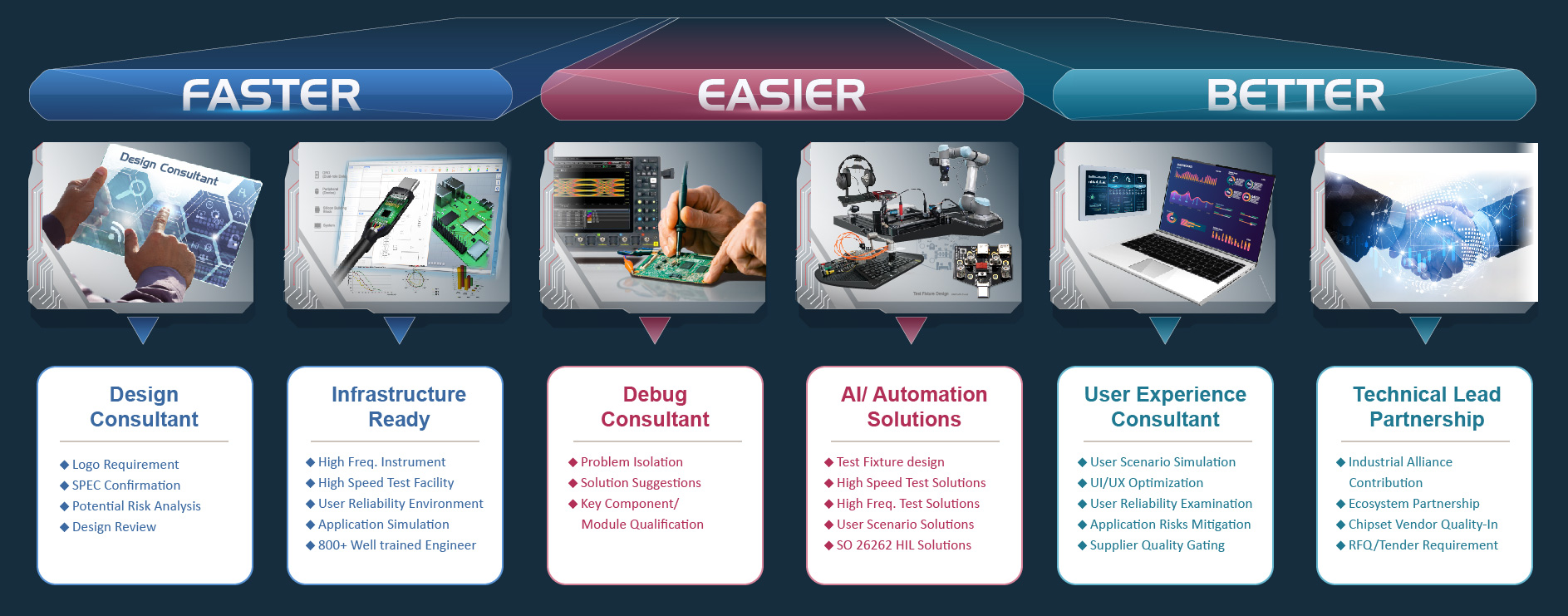
If you have any further needs for testing, verification, or consulting services related to the server ecosystem, please feel free to explore the following services online or contact us through the online form.












